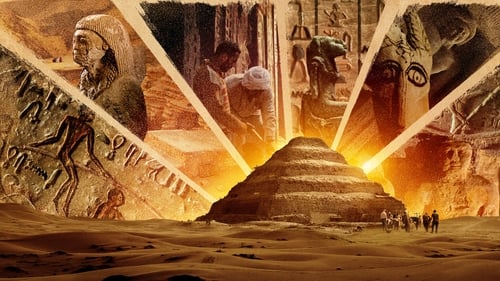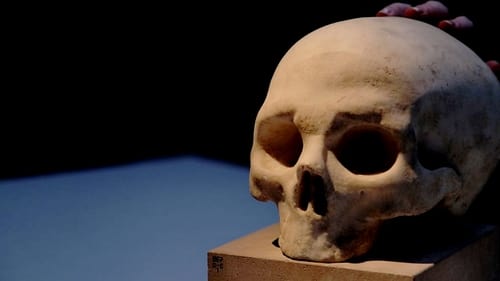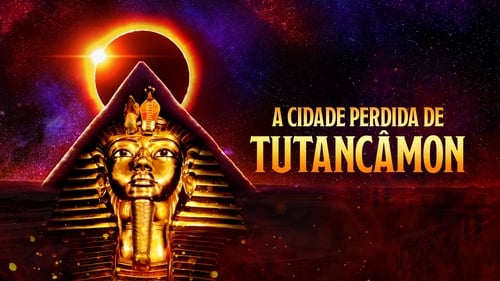
Director
Com mais de 60 túmulos, o Vale dos Reis é o cemitério mais famoso da Terra. Na maior escavação egípcia de todos os tempos, uma equipe de arqueólogos liderada por Zahi Hawass dirige-se ao Vale Ocidental para procurar evidências de uma tumba não descoberta.

Executive Producer
Este documentário segue uma equipe de arqueólogos enquanto eles desenterram artefatos incríveis em uma tumba antiga não descoberta em Sacará, Egito.

Director
With cutting-edge VR, fascinating interviews, and access to the very latest discoveries, join Professor Bettany Hughes in her ultimate countdown of history’s most famous city's treasures.

Producer
With cutting-edge VR, fascinating interviews, and access to the very latest discoveries, join Professor Bettany Hughes in her ultimate countdown of history’s most famous city's treasures.

Executive Producer
Mary Beard is on a mission to uncover the real Caesar, and to challenge public perception. She seeks the answers to some big questions. How did he become a one-man ruler of Rome? How did he use spin and PR on his way to the top? Why was he killed? And she asks some equally intriguing little questions. How did he conceal his bald patch? Did he really die, as William Shakespeare put it, with the words Et tu, Brute on his lips? Above all, Mary explores his surprising legacy right up to the present day. Like it or not, Caesar is still present in our everyday lives, our language, and our politics. Many dictators since, not to mention some other less autocratic leaders, have learned the tricks of their trade from Julius Caesar.

Producer
Beneath the turquoise waves of the Bay of Naples lies an extraordinary underwater archeology site, the ancient Roman city of Baiae. From the first century to the third century AD, Baiae was the exclusive playground for the rich and powerful among Rome’s elite. What made Baiae such a special place? What really went on there? And why did it disappear?

Writer
Professor Joann Fletcher explores what it was like to be a woman of power in ancient Egypt. Through a wealth of spectacular buildings, personal artefacts and amazing tombs, Joann brings to life four of ancient Egypt's most powerful female rulers and discovers the remarkable influence wielded by women, whose power and freedom was unique in the ancient world. Throughout Egypt's history, women held the title of pharaoh no fewer than 15 times, and many other women played key roles in running the state and shaping every aspect of life. Joann Fletcher puts these influential women back at the heart of our understanding, revealing the other half of ancient Egypt.

Producer
Professor Joann Fletcher explores what it was like to be a woman of power in ancient Egypt. Through a wealth of spectacular buildings, personal artefacts and amazing tombs, Joann brings to life four of ancient Egypt's most powerful female rulers and discovers the remarkable influence wielded by women, whose power and freedom was unique in the ancient world. Throughout Egypt's history, women held the title of pharaoh no fewer than 15 times, and many other women played key roles in running the state and shaping every aspect of life. Joann Fletcher puts these influential women back at the heart of our understanding, revealing the other half of ancient Egypt.

Producer
What is true and what is false in the hideous stories spread about the controversial figure of the Roman emperor Gaius Julius Caesar Augustus Germanicus (12-41), nicknamed Caligula? Professor Mary Beard explains what is accurate and what is mythical in the historical accounts that portray him as an unbalanced despot. Was he a sadistic tyrant, as Roman historians have told, or perhaps the truth about him was manipulated because of political interests?

Executive Producer
A descoberta da cidade de ouro perdida, no Egito, é considerada a maior desde a tumba do faraó Tutancâmon. Seus artefatos bem preservados podem ajudar a revelar como foram os últimas dias do faraó menino.








